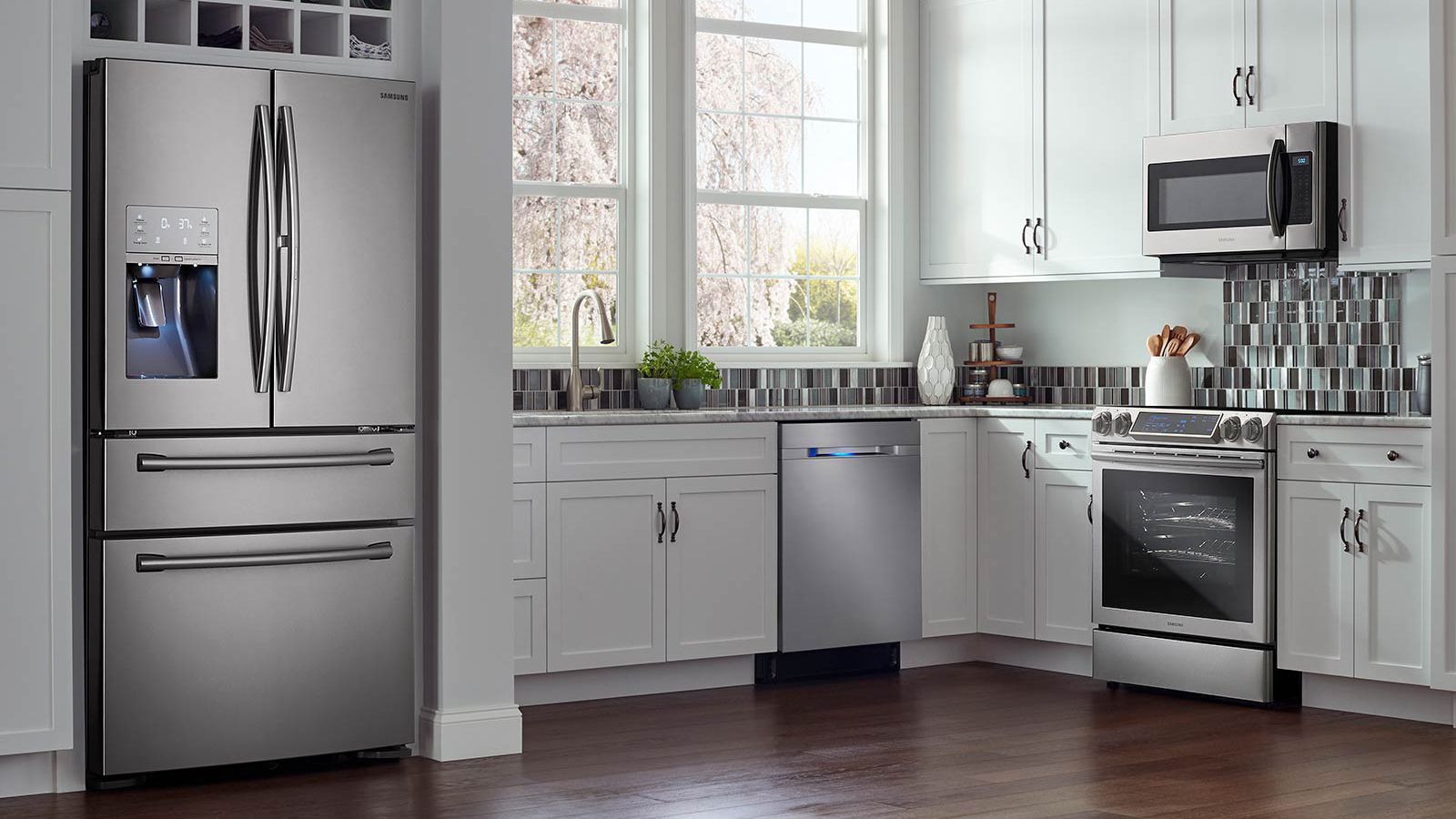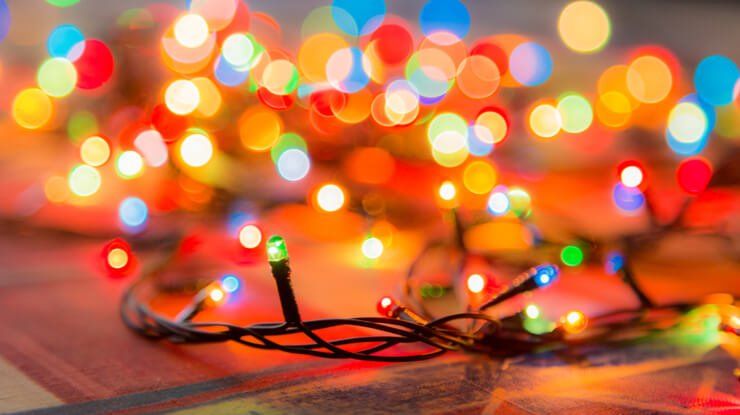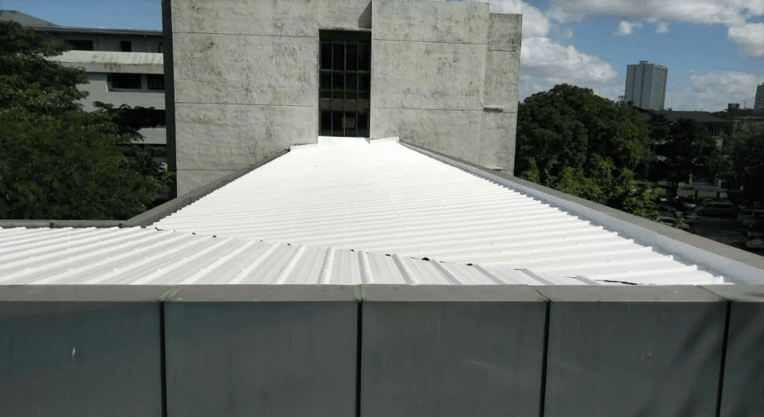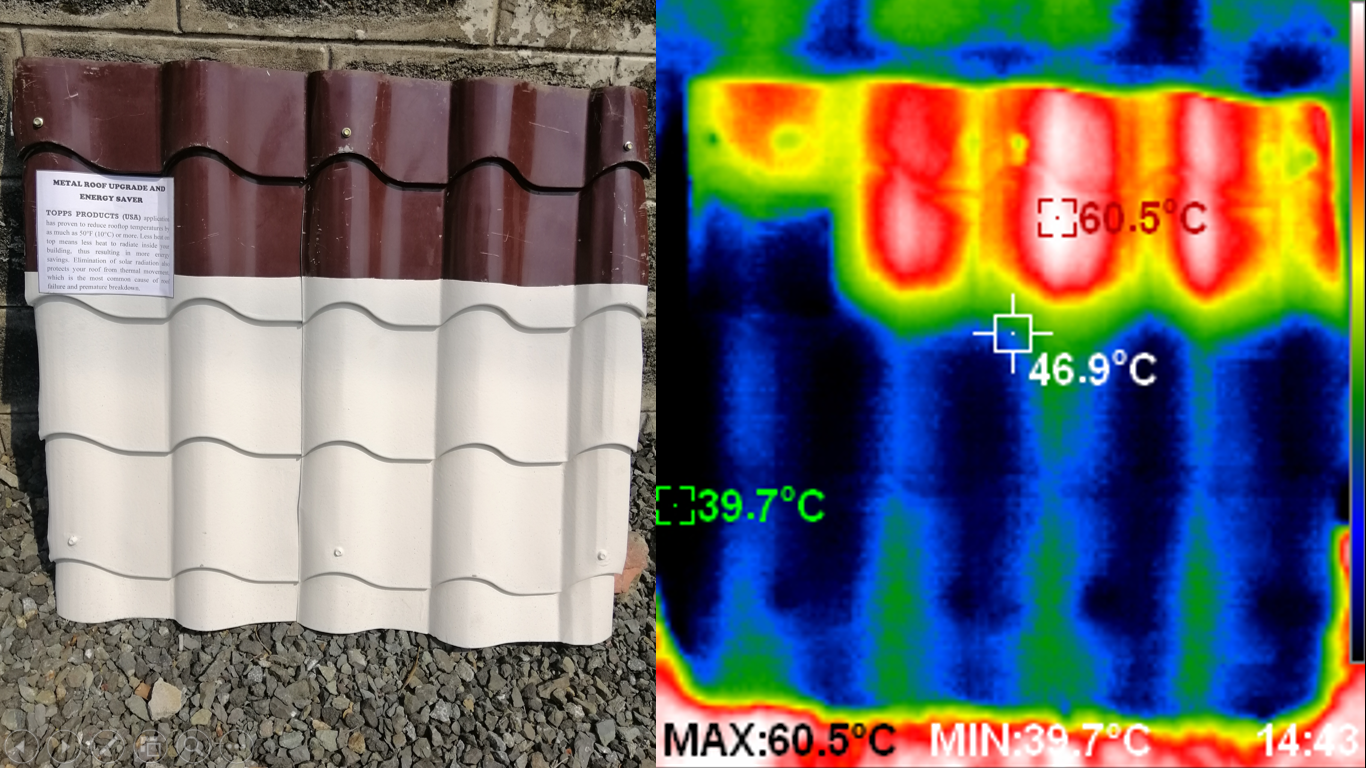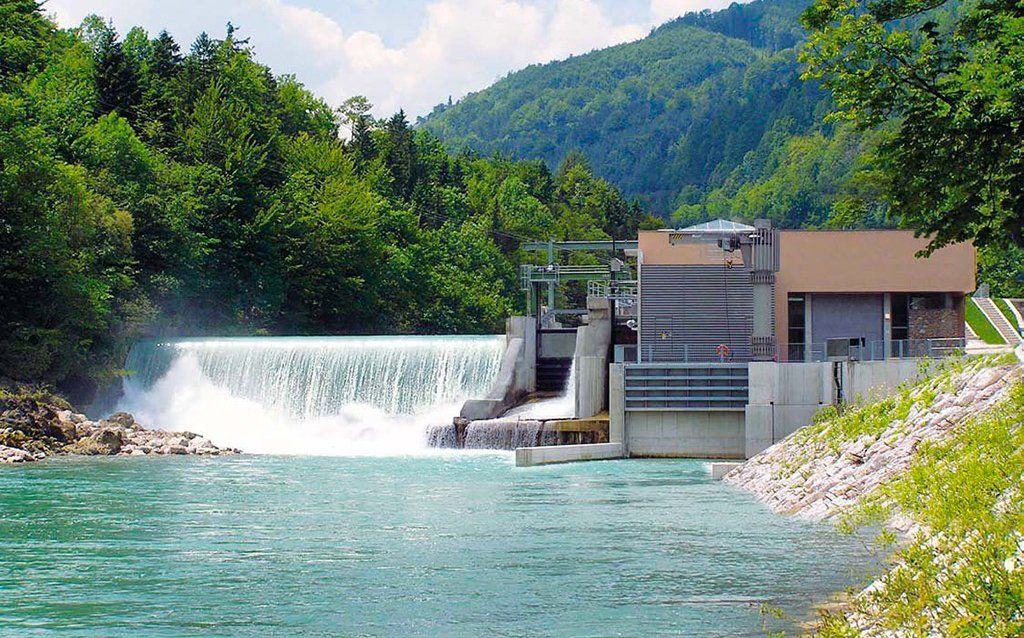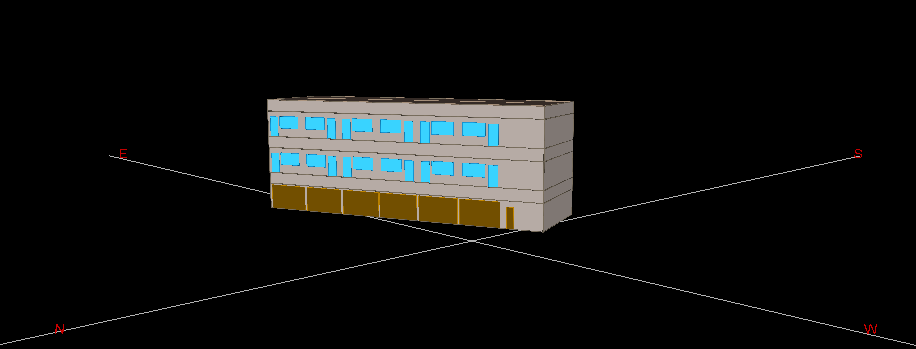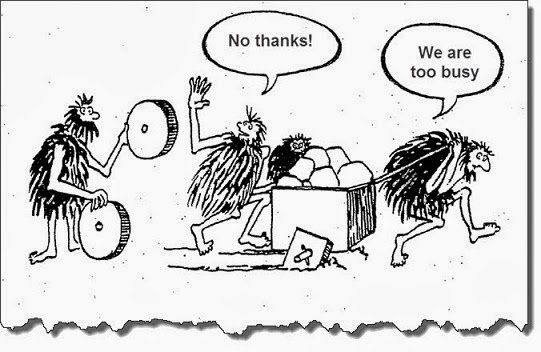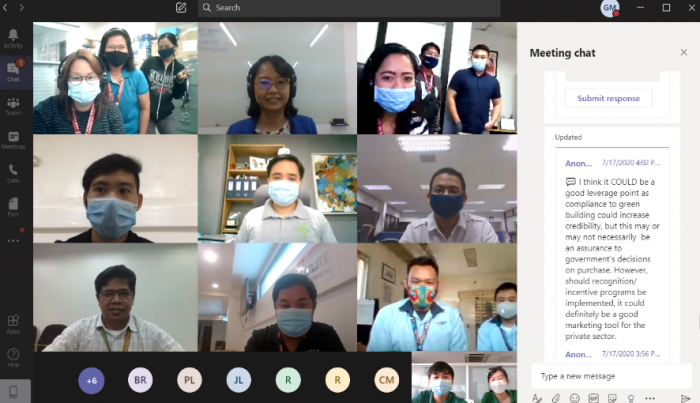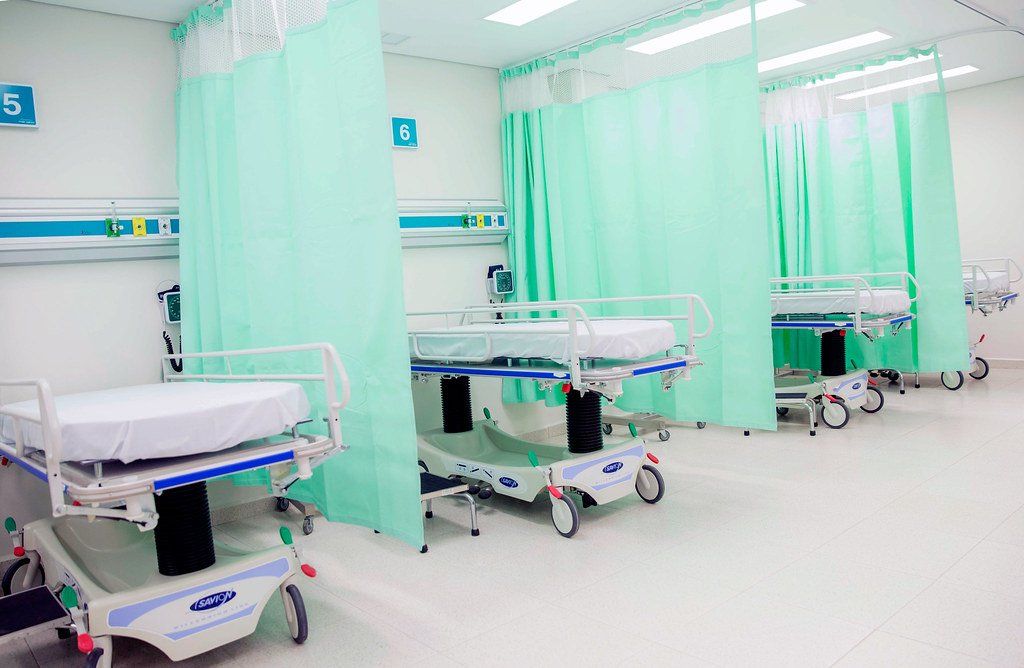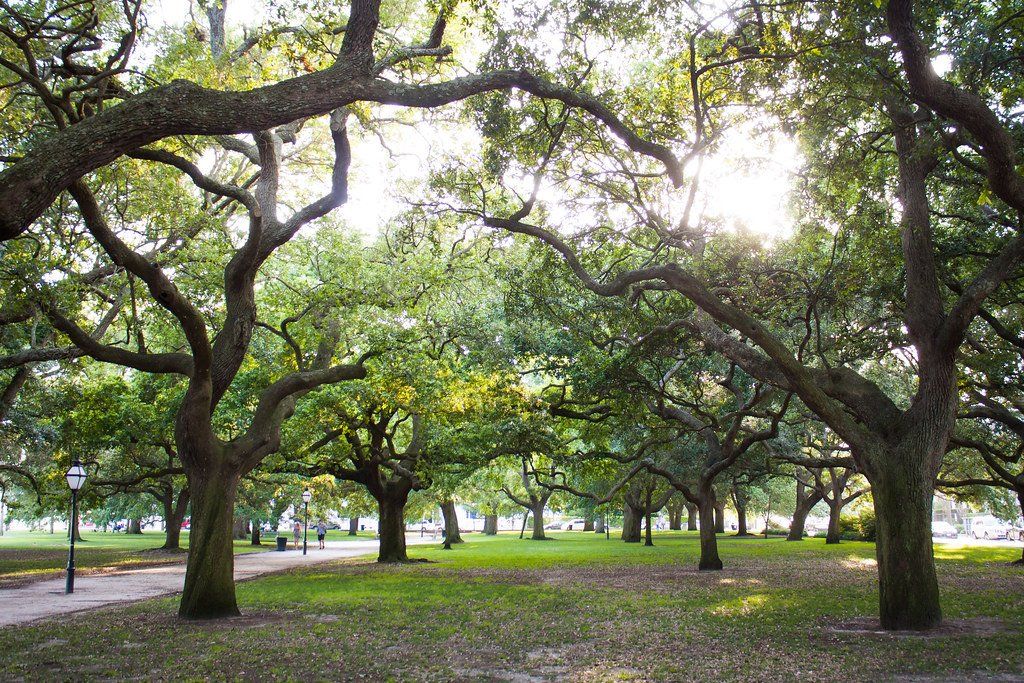The Lowdown On Renewable Energy
With the increasing effects from climate change, people are turning towards renewables to help alleviate this phenomenon. From a local perspective, the Philippines’ geographical location and ample natural resources make it a good candidate for renewable energy (RE) to flourish.
Before going into the various kinds of RE, we have to define what can be considered as renewables. Generally, renewable energy comes from natural sources such as sunlight, wind, and water. Truly, there is an abundance of sources, however technology to efficiently convert these into electricity would be the main hurdle of this field. Renewables can be classified into five major kinds: geothermal, biomass, hydropower, wind, and solar; with new types of sources such as tidal energy are currently being explored. In the country, renewables make up around 25% of its power generation mix, with geothermal and large scale hydropower comprising the largest share. Recently, the promotion of solar PV, wind, and run-of-river hydropower is emphasized with policies such as the Renewable Energy Act of 2008.
Considering that the Philippines has pledged a 70% decrease in carbon emissions by 2030 during the COP 21 summit, the government is trying to push for the use of renewables. Ironically, the country is set to increase its share of coal in its energy mix within the next 10 years. With the downward trend of RE technology costs as well as government incentives, hopefully we would hasten the shift towards cleaner energy.
As to every energy issue however, one should look into the whole system through a life cycle analysis. When the RE technology is being used to harness energy, there would be minimal greenhouse gases (GHG) released to the atmosphere, however during the construction of large scale projects such as solar farms, biomass plants, and hydro dams, there is a significant GHG contribution (albeit lower than fossil fuels) from these. Because of this, small scale RE systems such as microgrids and run of river hydro are of interest, particularly for communities with little or no access to the main electricity grid.
Each renewable source has its own characteristics, benefits, and disadvantages. In the upcoming blogs, we’ll be discussing each of the main sources, starting with solar energy.
To find out more about energy modelling and our consultancy services, check our our website at www.greensolutions.ph.


